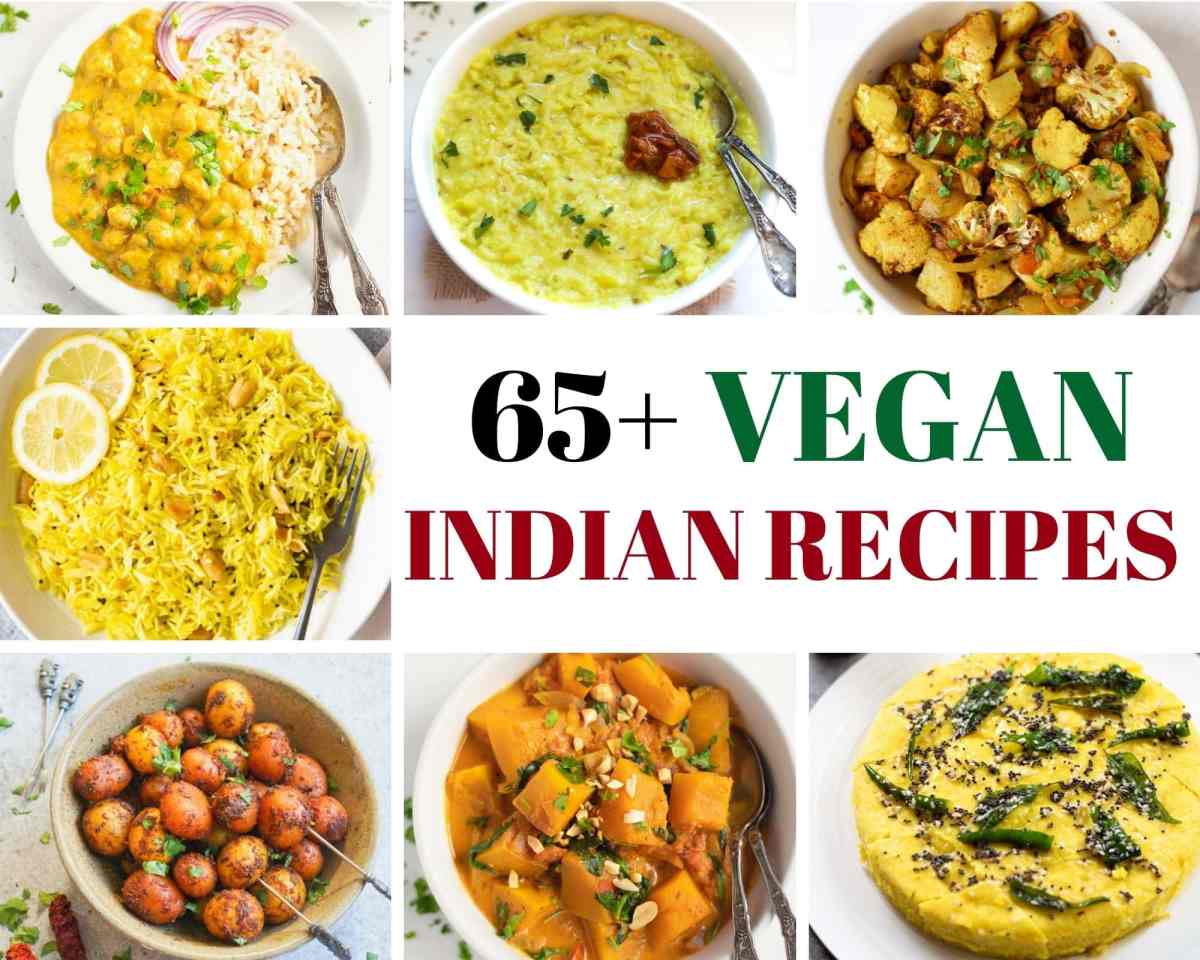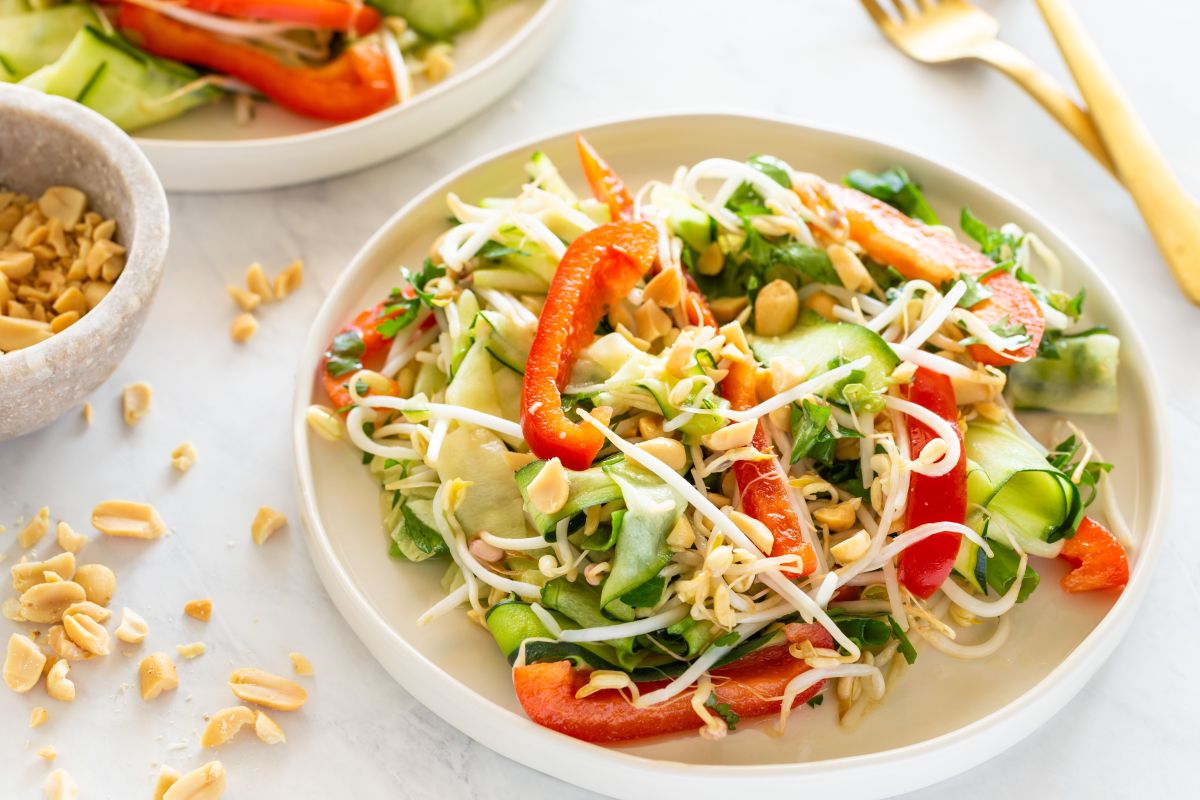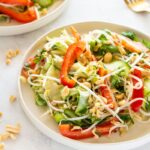Embark on a culinary journey where vibrant Indian flavors meet the refreshing simplicity of raw vegan cuisine. Imagine plates bursting with color—the deep crimson of sun-dried tomatoes mirroring the richness of traditional curries, the emerald green of vibrant herbs contrasting with the creamy cashew-based sauces. This guide unveils the secrets to crafting delectable, plant-based meals inspired by the aromatic heart of India, transforming familiar dishes into healthy, raw delights.
We’ll explore the fundamental spices and ingredients that define Indian cooking, adapting them to a raw vegan approach. Learn innovative techniques like soaking, sprouting, and dehydrating to create raw versions of beloved Indian staples, from zesty chutneys to fragrant curries and satisfying flatbreads. Discover three unique, step-by-step recipes, complete with nutritional information and visually stunning plating suggestions. This isn’t just about creating food; it’s about crafting an experience that tantalizes the senses.
Recipe Ideas for Raw Vegan Indian Meals

Embark on a culinary journey with these vibrant and flavorful raw vegan Indian-inspired recipes, designed to nourish your body and tantalize your taste buds. Each recipe provides a delicious and healthy alternative to traditional Indian dishes, utilizing fresh, vibrant ingredients and innovative techniques to create a satisfying and authentic experience.
Raw Mango Lassi (Breakfast)
This refreshing and tangy lassi is the perfect way to start your day. The creamy texture, combined with the sweet and sour notes of the mango, creates a delightful breakfast experience. Preparation time: 15 minutes. Nutritional information (per serving): Approximately 200 calories, 5g protein, 40g carbohydrates, 5g fat.
- Ingredients: 1 cup frozen mango chunks, ½ cup soaked cashews (soaked for at least 4 hours), ½ cup coconut water, ¼ cup water, 1 tablespoon lemon juice, pinch of cardamom powder, pinch of sea salt.
- Instructions: Combine all ingredients in a high-speed blender and blend until completely smooth and creamy. Adjust the consistency by adding more water if needed. Pour into a glass and garnish with a few mango slices and a sprinkle of cardamom powder. The vibrant orange hue of the mango contrasts beautifully with the white of the cashew cream, creating a visually appealing drink.
Spicy Raw Jackfruit Curry with Coconut Rice (Lunch)
This curry offers a satisfying and flavorful lunch option, mimicking the richness and depth of a traditional Indian curry without any cooking. The jackfruit provides a meaty texture, while the coconut rice adds a delightful creamy base. Preparation time: 30 minutes. Nutritional information (per serving): Approximately 350 calories, 10g protein, 50g carbohydrates, 15g fat.
- Ingredients: 1 cup young green jackfruit, shredded; ½ cup shredded coconut, ½ cup chopped red onion, ¼ cup chopped cilantro, 2 tablespoons lime juice, 1 tablespoon raw curry powder, 1 teaspoon ginger paste, ½ teaspoon turmeric powder, ½ teaspoon chili powder, salt to taste; For the coconut rice: 1 cup cooked raw coconut rice (soaked and dehydrated).
- Instructions: In a large bowl, combine the shredded jackfruit, shredded coconut, red onion, cilantro, lime juice, curry powder, ginger paste, turmeric powder, chili powder, and salt. Mix well to ensure all ingredients are evenly coated. The vibrant colors of the ingredients—the bright green of the jackfruit, the white of the coconut, and the red of the onion—create a visually appealing dish. Serve the jackfruit curry over a bed of coconut rice. The contrast in textures and flavors creates a satisfying culinary experience.
Raw Vegan Palak Paneer (Dinner)
This raw vegan take on the classic Palak Paneer replaces the traditional paneer with a cashew-based “paneer” for a creamy and satisfying experience. The vibrant green color of the spinach complements the creamy cashew base beautifully. Preparation time: 45 minutes. Nutritional information (per serving): Approximately 400 calories, 15g protein, 60g carbohydrates, 20g fat.
- Ingredients: 1 cup packed spinach leaves, 1 cup soaked cashews (soaked for at least 4 hours), ¼ cup water, 2 tablespoons nutritional yeast, 1 tablespoon lemon juice, 1 teaspoon garlic powder, ½ teaspoon ginger powder, ½ teaspoon cumin powder, salt to taste.
- Instructions: Blend the spinach, cashews, water, nutritional yeast, lemon juice, garlic powder, ginger powder, cumin powder, and salt in a high-speed blender until completely smooth and creamy. The resulting mixture will have a vibrant green hue. Shape the mixture into small “paneer” cubes. Serve the “paneer” cubes with a side of raw vegetables or a simple salad. The creamy texture of the cashew-based “paneer” combined with the earthy flavor of spinach provides a fulfilling and nutritious dinner.
Sample Meal Plan
This sample meal plan incorporates the three recipes above, ensuring a balance of nutrients and flavor throughout the day.
- Breakfast: Raw Mango Lassi – provides a refreshing start with essential vitamins and antioxidants.
- Lunch: Spicy Raw Jackfruit Curry with Coconut Rice – offers a hearty and flavorful midday meal with protein and healthy fats.
- Dinner: Raw Vegan Palak Paneer – delivers a creamy and satisfying dinner with essential vitamins and minerals.
Visual Representation of Raw Vegan Indian Dishes
The visual appeal of raw vegan Indian-inspired cuisine is paramount. A vibrant array of colors, textures, and artful plating elevates these dishes from simple meals to culinary experiences. The use of fresh, natural ingredients allows for a stunning display of nature’s palette, enhancing both the appetite and the overall dining experience.
The successful presentation of raw vegan Indian food relies heavily on understanding how color, texture, and plating techniques work together to create a cohesive and aesthetically pleasing whole. A thoughtfully composed dish not only looks delicious but also communicates the freshness and care put into its creation.
Visual Description of Three Raw Vegan Indian Dishes
Imagine a vibrant plate of “Mango Lassi Parfaits”: layers of creamy, pale-yellow cashew-based mango lassi alternate with deep-orange mango chunks and a sprinkle of chopped pistachios. The contrast between the smooth, almost luminous lassi and the vibrant, juicy mango pieces creates a visually striking effect. The scattered pistachios add pops of green and a textural element, contrasting with the creaminess of the lassi and the firmness of the mango. The parfait is served in a clear glass, allowing the layers to be fully appreciated.
Next, consider a “Spicy Raw Pad Thai Salad”: a bed of bright green shredded zucchini and julienned carrots provides a foundation for a medley of colors. Thinly sliced red bell peppers add a fiery contrast, while vibrant purple cabbage adds depth and visual interest. A sprinkle of toasted sesame seeds adds a textural element and subtle brown coloring, breaking up the bright colors. The dish is drizzled with a vibrant orange-red cashew-based dressing, creating glistening highlights. The overall effect is a lively, energetic, and appealing presentation.
Finally, picture a “Raw Vegan Masala Dosa”: a delicate, pale-beige crepe made from soaked cashews and coconut flour, rolled and carefully plated. The crepe is adorned with a vibrant green chutney made from cilantro, mint, and green chilies, providing a cool contrast to the warm tones of the crepe. A scattering of finely chopped red onion adds pops of color and a subtle textural contrast. The crepe’s slightly irregular edges and the carefully placed chutney and onions create a rustic yet elegant presentation, highlighting the natural beauty of the ingredients.
Plating and Garnishing Techniques
Plating and garnishing are crucial to the visual success of raw vegan Indian dishes. Using contrasting colors, such as bright greens against warm oranges and yellows, enhances the overall appeal. Playing with textures—smooth creams against crunchy nuts, soft vegetables against crisp sprouts—adds depth and visual interest. Simple garnishes, such as fresh herbs, edible flowers, or toasted nuts, can elevate a dish from ordinary to extraordinary. The use of natural, vibrant ingredients as garnishes, rather than processed items, adds to the overall impression of freshness and health.
Using Natural Food Coloring
Natural food coloring offers a way to enhance the visual appeal of raw vegan Indian meals without resorting to artificial additives. Turmeric powder imparts a warm, golden hue; beetroot juice adds vibrant reds and purples; spinach or kale purees create vivid greens; and saffron strands add a luxurious golden-yellow color. These natural colorants not only add visual interest but also offer subtle flavor nuances, enriching the overall sensory experience. The careful incorporation of these natural colorants allows for the creation of visually stunning and flavorful dishes, showcasing the artistry and creativity of raw vegan Indian cuisine.
Creating raw vegan Indian-inspired meals is more than just a dietary choice; it’s an exploration of flavor, texture, and visual artistry. By understanding the core principles of Indian cuisine and adapting them to a raw approach, you can unlock a world of vibrant, healthy, and incredibly satisfying dishes. The journey may involve some experimentation, but the rewards—the vibrant colors, the tantalizing aromas, and the satisfying textures—are well worth the effort. So, embrace the challenge, explore the possibilities, and delight in the vibrant tapestry of flavors you create.
FAQ Insights
Can I use pre-made raw vegan ingredients to save time?
Absolutely! Many stores now carry pre-made raw vegan items like nut cheeses, sauces, and dehydrated vegetables, which can significantly reduce preparation time.
How do I store leftover raw vegan Indian meals?
Store leftovers in airtight containers in the refrigerator. Raw vegan dishes generally last for 3-5 days, but it’s best to consume them sooner for optimal freshness and flavor.
Are there any nutritional drawbacks to a raw vegan Indian diet?
While incredibly healthy, a raw vegan diet may require careful planning to ensure adequate intake of certain nutrients like vitamin B12 and iron. Supplementation or careful ingredient selection may be necessary.
What if I don’t have a dehydrator?
While a dehydrator is ideal for many raw vegan preparations, you can often substitute sun-drying (weather permitting) or using a low-temperature oven (around 105°F/40°C) for a longer period.
:max_bytes(150000):strip_icc()/raw-vegan-pad-thai-salad-recipe-3377474-step-03-5c28edb6c9e77c0001d86eac.jpg)

